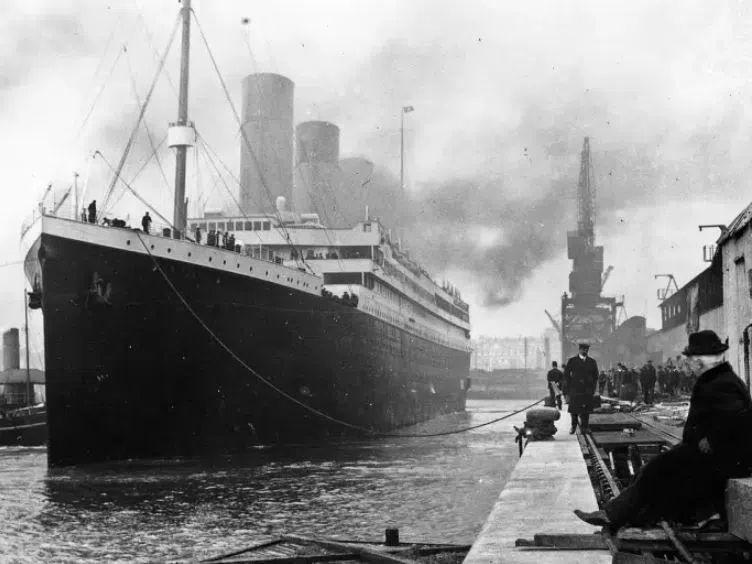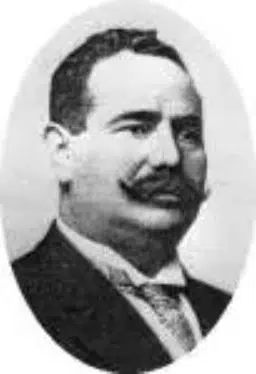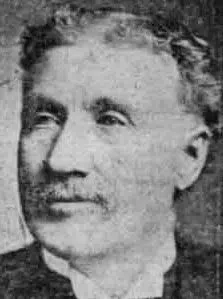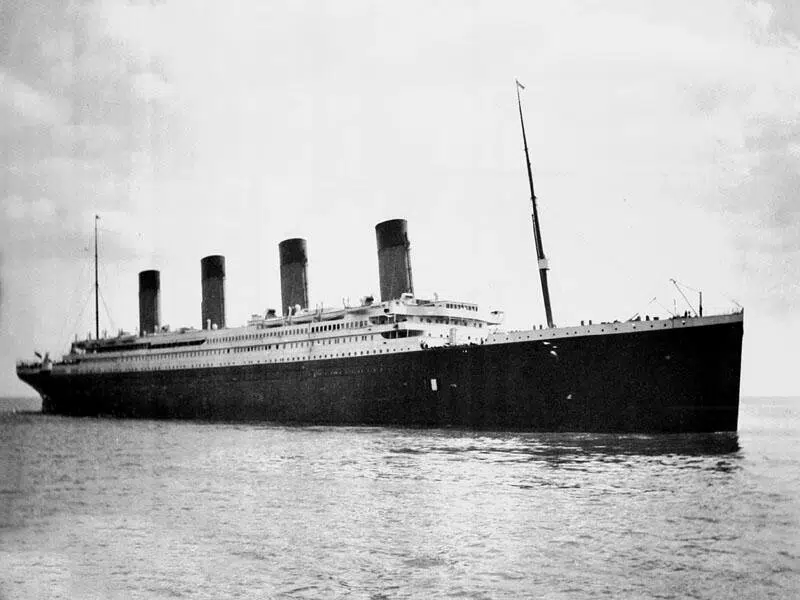111 years ago, one of the largest and most famous nautical tragedies occurred in the Atlantic Ocean.
The R.M.S. Titanic Struck an iceberg about 400 miles south of Newfoundland, and by 2:20 a.m. the supposedly unsinkable ship was completely submerged in the frigid waters.
Roughly 1,500 passengers lost their life that morning, which as one may expect, caused many ripples throughout the maritime community.
Caitlin Zant with the Wisconsin Shipwreck Coast National Marine Sanctuary says the biggest, most obvious change was the regulation of adding more lifeboats to oceanic vessels, but another change came in communications.
“The wireless radio was a relatively new feature,” Zant explained. “In the Great Lakes, a lot of these vessels didn’t even have that kind of radio communication.”
The oceanic vessels did, but they were not monitored 24 hours a day.
“So many vessels were nearby Titanic, but people had shut off their radios for the night and had gone to bed,” Zant noted. “That was a big part of why Carpathia was the only vessel that was able to come, but they were 4 hours away. A lot of other vessels actually could have gotten there within an hour and potentially saved a lot more people.”

Titanic Docked
So, an immediate change was implemented, requiring these radios to be monitored at all hours of the day.
There was actually another shipwreck much closer to home that also was made worse by the lack of radio communication, that being the October 22nd, 1929 sinking of the Milwaukee Carferry.
“It also did not have a radio on board, so when things were happening…no one knew,” Zant revealed. “It was after that sinking that it was made a requirement for vessels that were going through the Great Lakes to start having these radio operations.”
That week was a very bad week for the U.S. as the SS Wisconsin sank on October 29th, the steamship Senator sank on Halloween, and the stock market crashed on the 28th.
You can learn more about the radio issue through this Arcadia Publishing article.
Going back to the Titanic, Wisconsin, and even Manitowoc has a couple of significant ties to the disaster.

Emil Brandeis
Emil Franklin Brandeis, a Manitowoc native was aboard the ship when it sank.
Emil was a part of the leadership team for the Brandeis Department Store chain, which was founded by his father.
Emil made yearly trips to Europe, and in 1912, his return trip was scheduled aboard the ill-fated Titanic.
You can click here to learn more about the life of Emil.
Also aboard the vessel was the owner of Milwaukee’s Crosby Transportation Edward Gifford Crosby.
Zant explained to us that Crosby Transportation actually owned the Wisconsin at one point as well.
She noted that Crosby and his family were on vacation in Europe and also booked a trip home on the “Wonder Ship.”

Edward Gifford “E.G.” Crosby
“It was E.G. Crosby, his wife (Catherine), and their adult daughter (Harriette) who had been traveling in Europe,” she explained. “Crosby’s wife and daughter made it to the lifeboats, but E.G. Crosby did not.”
His body was later found, and a funeral was held on one of his vessels.
Crosby’s son then took over his father’s business.
To learn more about the Titanic, you can visit the National Archives website.







